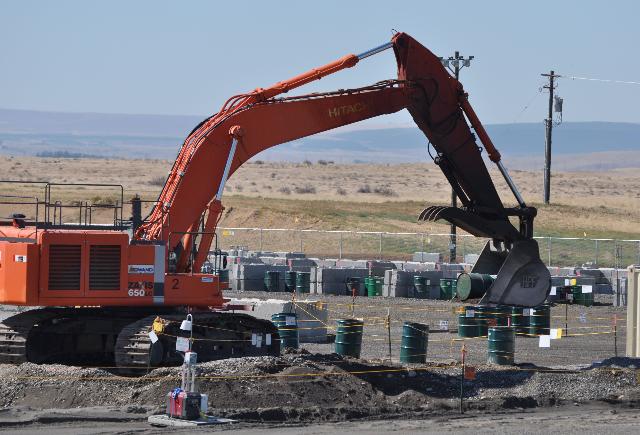
While General Atomics, GE-Hitachi and Westinghouse Government Services are companies that know their way around nuclear reactors, representatives from the firms said this week they find it tough to penetrate the procurement market for the Department of Energy’s Office of Environmental Management.
But the DOE Environmental Management (EM) office wants to increase the contractor pool serving the weapons complex, Dae Chung, associate principal deputy assistant secretary for corporate services, said during a Tuesday panel discussion for the online Waste Management Symposia conference.
The nuclear cleanup office is seeking to grow both the list of potential corporate providers as well as the cadre of “key personnel” connected with major contracts, a class of managers that tend to be well into their 50s, Chung said. “We need to expand our industry base.”
The corporate services chief believes the end state contracting model, built around indefinite delivery-indefinite-quantity business, and more standardized proposals, is helping curb multimillion-dollar proposal costs.
But other members of the panel said there are other barriers to entry at EM, including trying to convince procurement officers that work in the commercial nuclear sector, monitored by the Nuclear Regulatory Commission, or contract work for the Department of Defense or other branches of DOE, is equivalent experience.
GE and Westinghouse probably have as much experience as anybody in the United States but, in recent years at least, this has been outside of EM, said Westinghouse Government Services CEO Bob Cochran.
The human tendency within offices is for people to stick with the known, said Heatherly Dukes president of BWXT Technical Services Group.
“There is just a ton of experience out there in doing cleanup work that is non-DOE,” Dukes said. BWXT is a partner in many joint ventures for EM and a contractor for NASA and the National Nuclear Security Administration (NNSA), among others.
General Atomics is privately-held and has done business for both the National Nuclear Security Administration (NNSA) and DOE’s Office of Nuclear Energy, said Zabrina Johal, a strategic development executive with the company. In some past efforts to land EM business, General Atomics had a tough time determining “who the decision-makers are” at the cleanup office.